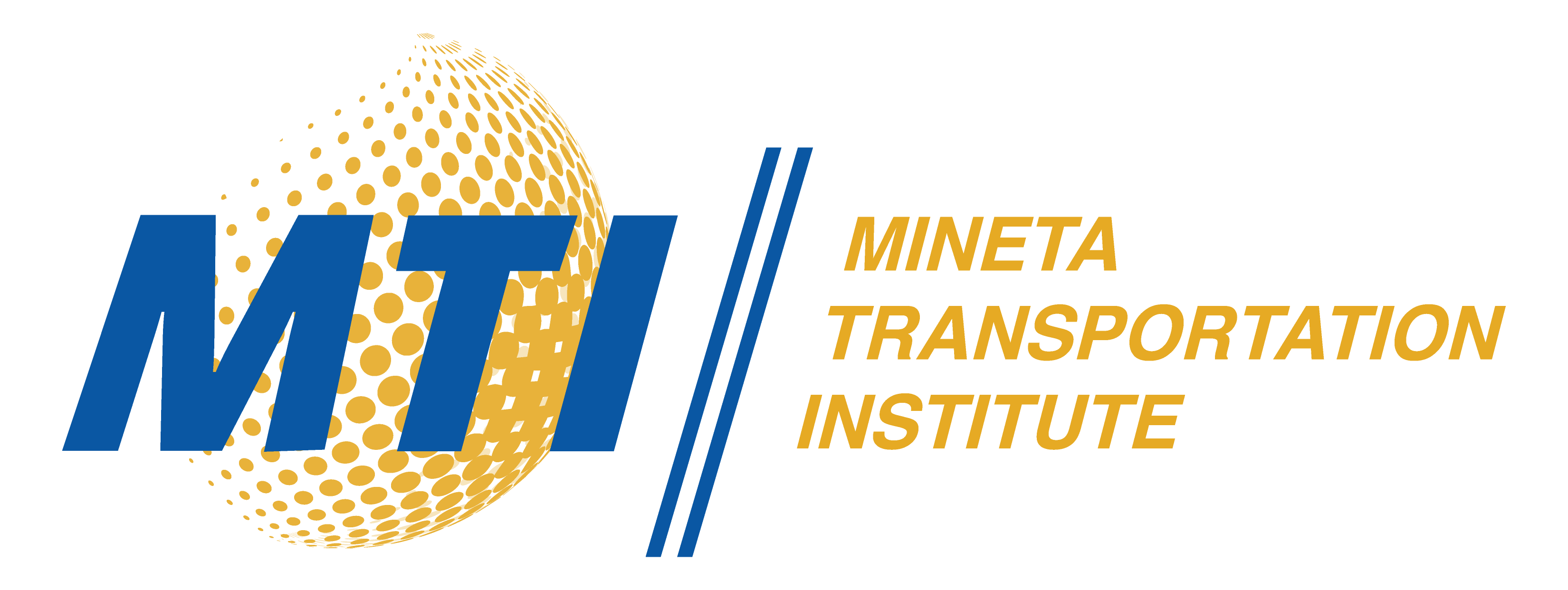Description
To improve understanding of the impact of natural hazards on the U.S. railway system, this project developed a comprehensive, geospatially precise dataset that maps historical hazard events to specific rail segments. The project provides insight into when, where, and how much damage natural hazards have inflicted on rail infrastructure across the country. While a rail-specific hazard database did not previously exist, this research combines data from the Geological Survey (USGS) Flood Events Database, Hydrologic Unit Codes (HUC), the National Centers for Environmental Information (NCEI) from the National Oceanic and Atmospheric Administration (NOAA), and the National Weather Service (NWS) forecast zones. Using accident cause codes (e.g., T002 for flood-related track damage and T109 for sun kinks) and the external hazard data, the researchers were able to estimate both the location and economic cost of damage. Findings revealed that from 2000 to 2023, certain hazard-linked derailments caused millions in track damage—$43 million from floods (M103) and up to $85 million from extreme heat events (T109). This work lays the foundation for a national rail-hazard damage database, one that can be enhanced with industry-provided operational data. By linking hazard intensity with economic impact, the study offers critical data to inform further research as well as policymakers, planners, and industry leaders looking to improve the resilience of the U.S. rail network in the face of a changing climate and growing hazard exposure.
Publication Date
8-2025
Publication Type
Report
Topic
Planning and Policy, Transportation Engineering
Digital Object Identifier
10.31979/mti.2025.2413
MTI Project
2413
Mineta Transportation Institute URL
https://transweb.sjsu.edu/research/2413-Risk-Assessment-Framework-Critical-Railway
Keywords
Railway infrastructure, Databases, Hazard evaluation, Railroad engineering, Disaster resilience
Disciplines
Emergency and Disaster Management | Engineering | Infrastructure | Transportation
Recommended Citation
Haizhong Wang, Brian M. Staes, and Benyamin Ghoreishi. "Developing an Integrated Risk Assessment Framework to Quantify the Resilience of Critical Railway Infrastructure: Characterization of Risks and Hazards to the U.S. Rail Network Through Empirical Data and Past Events" Mineta Transportation Institute (2025). https://doi.org/10.31979/mti.2025.2413
Research Brief
Included in
Emergency and Disaster Management Commons, Engineering Commons, Infrastructure Commons, Transportation Commons

